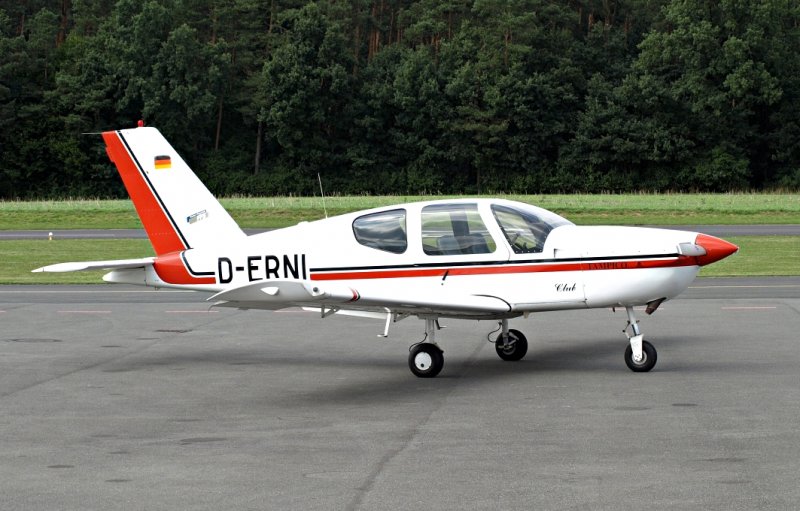When taxiing on the ground, how do you position your feet? Do you actually take your heels off the floor and press on the tops of the rudder pedals? And then for takeoff, do you transition your heels down to the floor? So that you are no longer pressing the brakes?
My training was in a DA20 which is the little brother to your 40.
Steering an airplane with any system (conventional, castoring, or linked) is something nobody gets correct on the first flight. But is a skill that quickly improves so by the 4th or 5th flight, it's no longer an issue.
For your Diamond, taxi slowly for now. I kept my heels on the floor, and just flexed my ankle to press on the brake. On big sweeping turns, my practice was to depress the rudder pedal in direction of turn and let the prop wash and rudder turn me. Then I would add brake if the turn needed to be tighter. To stop the taxi turn, a little opposite rudder would straighten me out.
For take off, once on the runway, I would have my heels on the floor and no longer flex my ankle. Any rudder force would come from my thigh muscles.
And here's my top tip for students getting the hang of how much rudder for take off:
When you drive a car, your right foot must press down to make your vehicle go, right? And the. Ore you press, the faster you go. Need to be slower? Don't press down as much. Going down the road (with no cruise control) you are constantly changing to amount of input (force) on the pedal to maintain your desired velocity.
Airplane is similar. When you first push in the throttle, both the aircraft and the engine are slow, so you don't need as much right rudder to counteract the left turn tendency. But as you speed up, you do need to "step on the accelerator" more as the turning tendency increases. Now you're at full throttle and "going done the road" just needing to maintain the centerline. Now is when you add or remove small amounts of force to keep going straight. Seeing a small pull to the left? Step on the pedal slightly. Seeing too much turn to the right? Let off of the pedal slightly.
No one is a take off master on their first attempts. My first few, I think I touched both edges of an 80-ft wide runway at least 3 times before we lifted off. But after that, each attempt, the s-turn rodeo got shallower and shallower until it was natural to apply just enough of the right foot and "gas pedal" to hold the centerline.
Hope this helps you!!! Keep at it and this will be old hat in no time!


 I suspect that's for a very different reason.
I suspect that's for a very different reason.
 Borrow a rivit press and a hand drill and you are good to go. Hour tops.
Borrow a rivit press and a hand drill and you are good to go. Hour tops. 